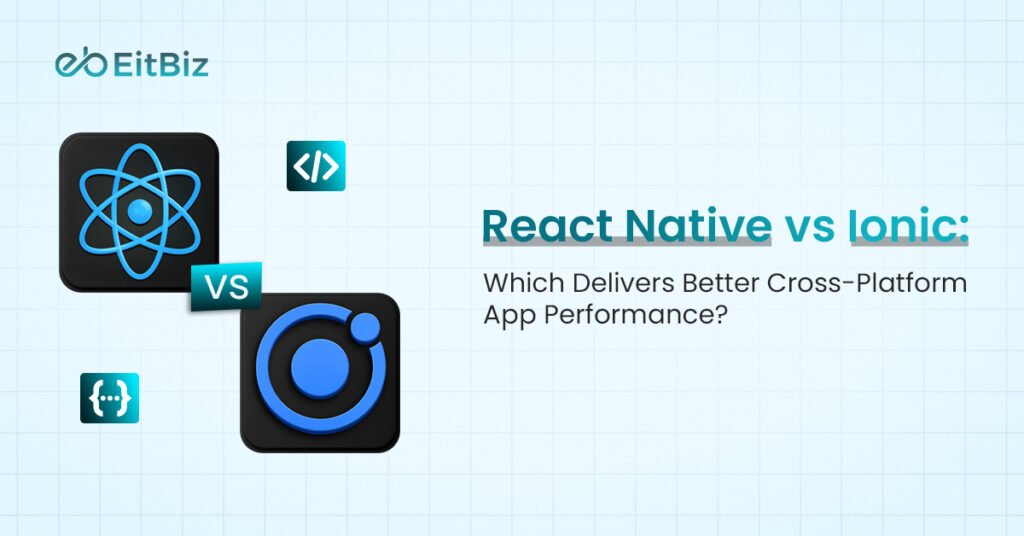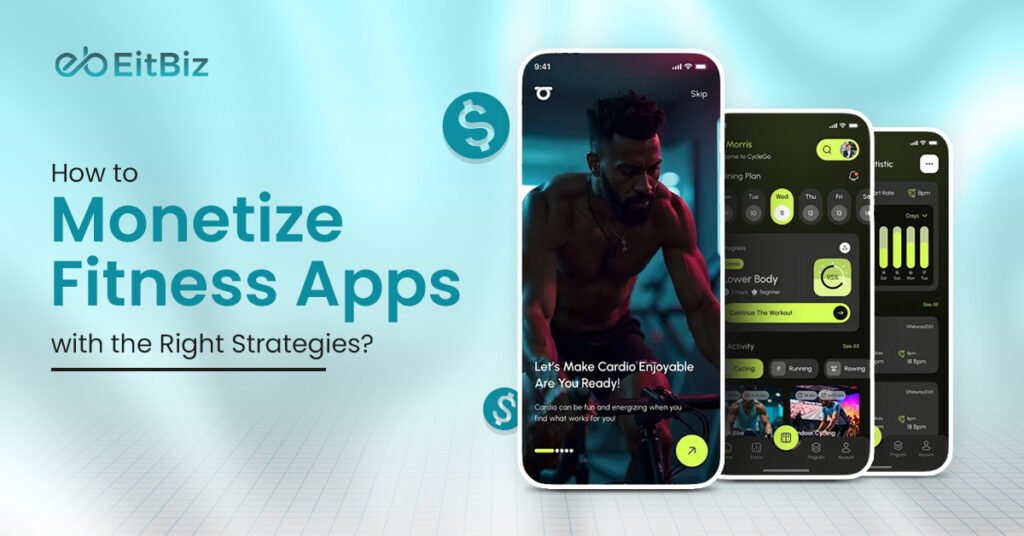It’s 2025!
And guess what-league games or fantasy sports are becoming mainstream due to rich experience it has to offer!
From sports discussion to competing against each other with their chosen teams, users can perform a wide range of tasks.
Well, the stats don’t lie!
The global fantasy sports app market worldwide is expected to reach a whooping USD 84.98 billion by 2032. (Source: SkyQuest Technology).
Thus, businesses are looking at it as a lucrative opportunity to invest in fantasy sports app development to make it larger than life.
But here’s the catch!
You cannot just run into building an app without knowing what’s trending in the market!
Thus, in this blog post, we’ll discuss the top 10 fantasy sports app development trends that will turn your ordinary app into a revenue-generating machine.
| Table Of Contents: 1. What is Fantasy Sports App Development? 2. What are the 10 Top Fantasy Sports App Development? Final Thoughts |
What is Fantasy Sports App Development?
To put it simply, a Fantasy sports app refers to an application where users can play different types of sports online, including cricket, football, rugby, hockey, golf, basketball, and more. A user can simply create their team with virtual players, and the performance of their players will decide they win or loss.
No matter whether you’re a startup or an established business, building a custom fantasy sports app is necessary. Even the data suggests that it is going to be the next “Big” thing in the upcoming years.
| Parameters | Details |
| Expected Market Value Size in 2023 | USD 30.4 billion |
| Expected Market Value Size by 2032 | USD 84.98 billion |
| Rate of Growth | Nearly 12% |
| Forecast period | 2025-2032 |
| Segments covered | Sports Type: Football, Baseball, Basketball, Hockey, Cricket, Others Platform: Website, Mobile Application Demographics: Under 25 Years, 25 to 40 Years, above 40 Years |
| Regions covered | North America (US, Canada), Asia Pacific (China, India, Japan, Rest of Asia-Pacific), Middle East & Africa (South Africa, GCC Countries, Rest of MEA), Europe (Germany, France, United Kingdom, Italy, Spain, Rest of Europe), Latin America (Brazil, Rest of Latin America), |
After understanding the huge market potential, it’s time to tap into the custom fantasy sports app development trends!
What are the 10 Top Fantasy Sports App Development?
If you’re looking to build or upgrade a fantasy sports app, staying on top of current development trends is essential. Here’s a deep dive into the 10 fantasy sports app development trends shaping the industry:
1. AI-Powered Personalization & Strategy
Artificial Intelligence has become the backbone of smarter fantasy sports platforms. It doesn’t just crunch numbers; it learns from users’ behavior. AI can predict player performance, suggest optimal team line-ups, and even simulate match outcomes. More importantly, it personalizes the entire user journey by recommending content, matchups, or strategies based on individual preferences. With AI, your app becomes a proactive companion, not just a passive platform.
2. AR, VR & Wearable Device Integration
Fantasy sports are moving from screens to immersive environments. Augmented and Virtual Reality allow users to engage with stats and matchups in interactive 3D spaces. Imagine watching a player’s performance graph come to life in your living room or experiencing a virtual draft with your friends. When combined with wearable tech, such as smartwatches or fitness trackers, apps can even pull real-time physical data from actual athletes to influence fantasy scoring. It’s a new level of realism and engagement, and may help you drive significant fantasy sports app revenue.
3. Cross-Platform Development for Wider Reach
Users expect a consistent experience whether they’re on iOS, Android, or a browser. Cross-platform development using tools like Flutter or React Native allows developers to build apps that look and feel native on any device. This approach not only reduces development costs—including those related to fantasy sports app development cost— but also ensures updates roll out faster and more uniformly. With a broader reach and smoother performance, user satisfaction skyrockets.
4. Blockchain for Transparency and Security
Blockchain technology introduces trust and fairness into fantasy gaming. Smart contracts can automate prize payouts, and every transaction or action is securely recorded. This is especially valuable in cash leagues or NFT-based fantasy platforms where users trade digital player cards. Blockchain in fantasy sports apps easily eliminates disputes and cheating by making everything traceable and tamper-proof.

5. Gamification that Drives Retention
Users love rewards, challenges, and competition, beyond just the game itself. By adding elements like achievements, daily missions, spin-the-wheel bonuses, and interactive leaderboards, you make the platform more than just a stats tracker. These features keep users engaged even between matches and create a sense of progression, which is crucial for long-term retention.
{Also Read: How to Do Gamification in Apps: A Beginner’s Guide with Examples}
6. Offline Mode for Flexibility
Not every user has 24/7 internet access, especially during travel or in low-network zones. With the help of offline functionality, users can still set lineups, view player stats, or review their league performance. The app syncs data once they’re back online. When you are into fantasy sports app development, this feature ensures uninterrupted access and gives your app a functional edge over competitors.
7. Built-in Streaming for Live Interaction
Fantasy players don’t want to switch between apps to watch games and check scores. Integrating live-streaming into the app creates a complete experience. Users can watch matches while adjusting line-ups or chatting with league members. Add features like live stats overlays or fantasy point trackers during the stream, and you turn casual viewers into active participants.
8. Enhanced Cybersecurity for User Trust
Fantasy sports apps handle sensitive data, including payment details, personal profiles, and in some cases, identity verification. Ensuring this data is secure is non-negotiable. Cybersecurity features such as multi-factor authentication, encrypted transactions, and secure cloud infrastructure reassures users that their information is protected. It also helps you stay compliant with global data protection regulations.
9. Smarter Monetization Models
There’s more to monetization than ads. Modern fantasy apps offer premium features, subscription tiers, in-app purchases, branded sponsorships, and exclusive content. For example, users could pay for advanced analytics tools, VIP leagues, or custom draft kits. Offering multiple revenue streams allows you to monetize different user segments without overwhelming them with ads.
10. Data Analytics for Better Decisions
Data is king in fantasy sports. Advanced analytics tools can process massive volumes of player stats, injury histories, weather conditions, and more to help users make informed decisions. On the backend, analytics help developers understand how users interact with the app-what features they use, where they drop off, and what content keeps them engaged.
Final Thoughts
So, that’s a wrap on the top fantasy sports app development trends in 2025! The fantasy sports world is no longer just about managing virtual teams—it’s about delivering high-impact, tech-driven, and immersive experiences. Whether you’re a startup or an established brand, adopting these trends can help you stay competitive and build an app that not only performs but captivates.
Planning to build a fantasy sports app for your business? If so, your search ends here!
At EitBiz, we are a dedicated fantasy sports app development company in the USA that builds scalable, feature-rich, and performance-rich apps to turn your idea into a revenue-generating product. Our dedicated app developers have 10+ years of experience in building apps that ensure your app will not just perform but also turn your visitors into potential customers.
To learn more, simply visit EitBiz today or write down your queries and send them to info@eitbiz.com today!





